Your cart is currently empty!
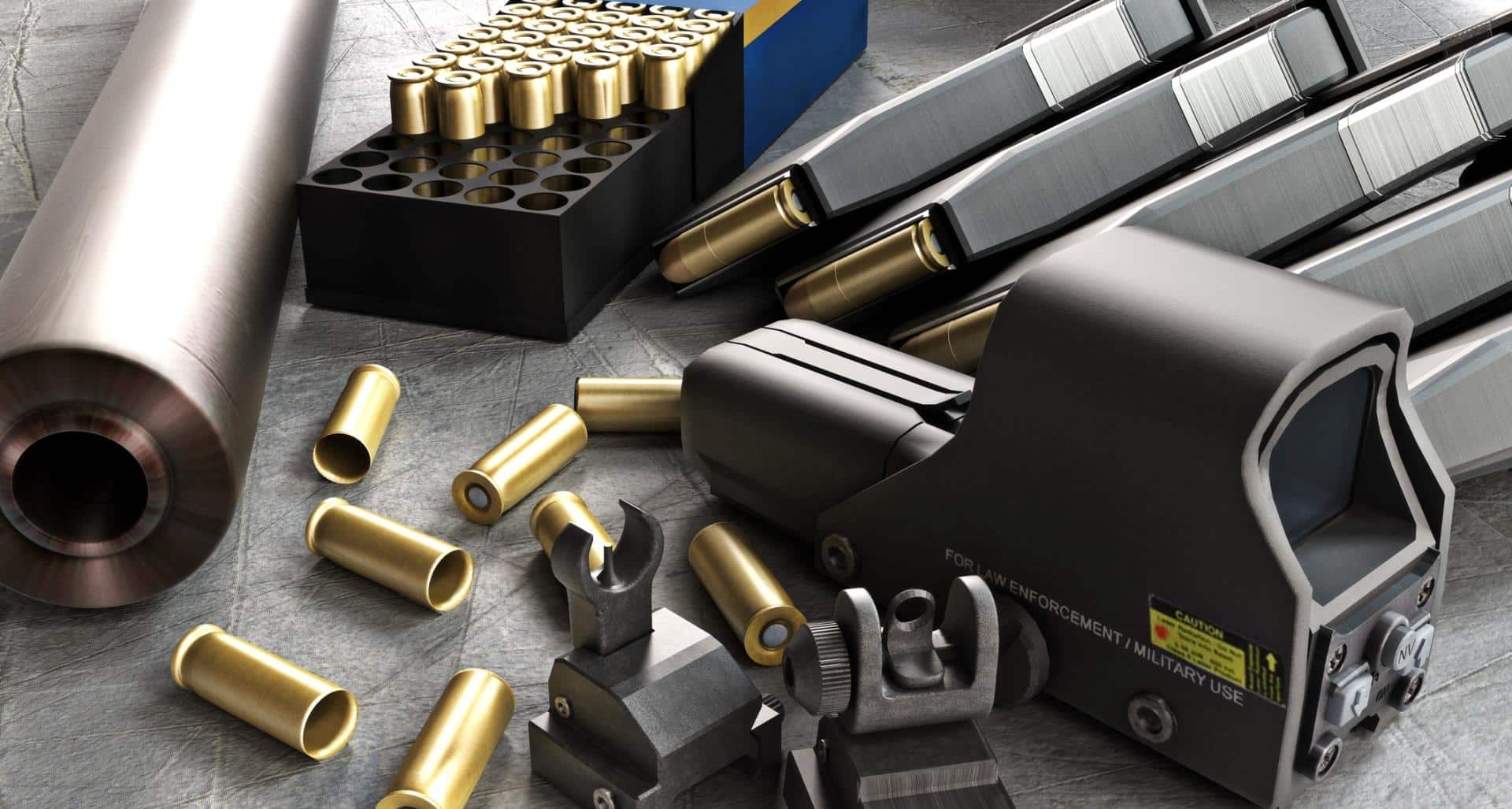
Tips and Tricks for Improving Reloading Accuracy
The world of shooting accuracy is filled with countless variables, but one aspect that allows shooters to have a great deal of control is reloading their own ammunition. While it can be a meticulous and time-consuming process, the pursuit of reloading for accuracy offers a rewarding challenge for shooting enthusiasts. By reloading your own ammunition, you’re not just saving money or engaging in a deeply satisfying hobby; you’re creating a custom load tailored to your specific rifle or handgun and shooting needs. This blog aims to guide you on this journey and offer practical tips to achieve reloading accuracy.
One company that understands this pursuit well and has been serving shooting enthusiasts for over six decades is Berry’s Bullets. Family-owned and driven by a passion for delivering quality plated bullets, Berry’s Bullets offers an unparalleled blend of quality, service, and affordability. This blog post will not only guide you through the intricacies of reloading for accuracy but also show you how Berry’s Bullets can become a crucial partner in your journey. With our commitment to quality and consistency, we’ve established a reputation that shooters around the world have come to trust.
As we venture into this engaging exploration of precision reloading, remember: while the pursuit of perfection is admirable, the real joy lies in the journey itself. Let’s get started!
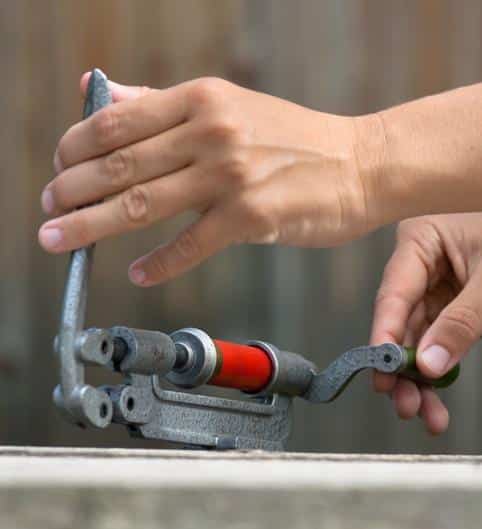
Choosing the Right Reloading Equipment
SELECTING YOUR RELOADING PRESS
The cornerstone of any reloading setup is the press. Depending on your specific needs, you may choose between a single-stage press, a turret press, or a progressive press. For beginners and those striving for maximum accuracy, the single-stage press is often the best choice. It allows you to concentrate on each step of the reloading process, ensuring precision and control. As your skills progress and if you need to produce larger volumes of ammo, consider turret or progressive presses which can handle multiple rounds simultaneously.
SETTING UP YOUR RELOADING BENCH
Creating an organized and functional reloading bench is vital to maintaining accuracy and producing better results. Your reloading bench should have dedicated areas for each step of the process – from depriming and resizing to powder charging and bullet seating. The bench should also have appropriate storage for reloading manuals, load data, and various components like bullets, cases, and primers. Ensure your space is well-lit and comfortable, as you’ll be spending a significant amount of time here.
BULLET COMPARATORS AND CONCENTRICITY GAUGES
Bullet comparators and concentricity gauges are crucial tools in your reloading arsenal. A bullet comparator helps measure the bullet seating depth consistently by measuring off the bullet ogive rather than the bullet tip, which can vary between bullets. On the other hand, a concentricity gauge can measure the alignment of the bullet in the case, allowing you to adjust for bullet runout and achieve more consistent and accurate rounds.
Learning how to effectively use these tools can greatly improve your reloading accuracy. For the bullet comparator, ensure that you’re measuring off the ogive for consistent readings. When using a concentricity gauge, remember that minimal runout is the goal. If you find a loaded round with too much runout, consider adjusting your die setup or your bullet seating process to improve alignment.
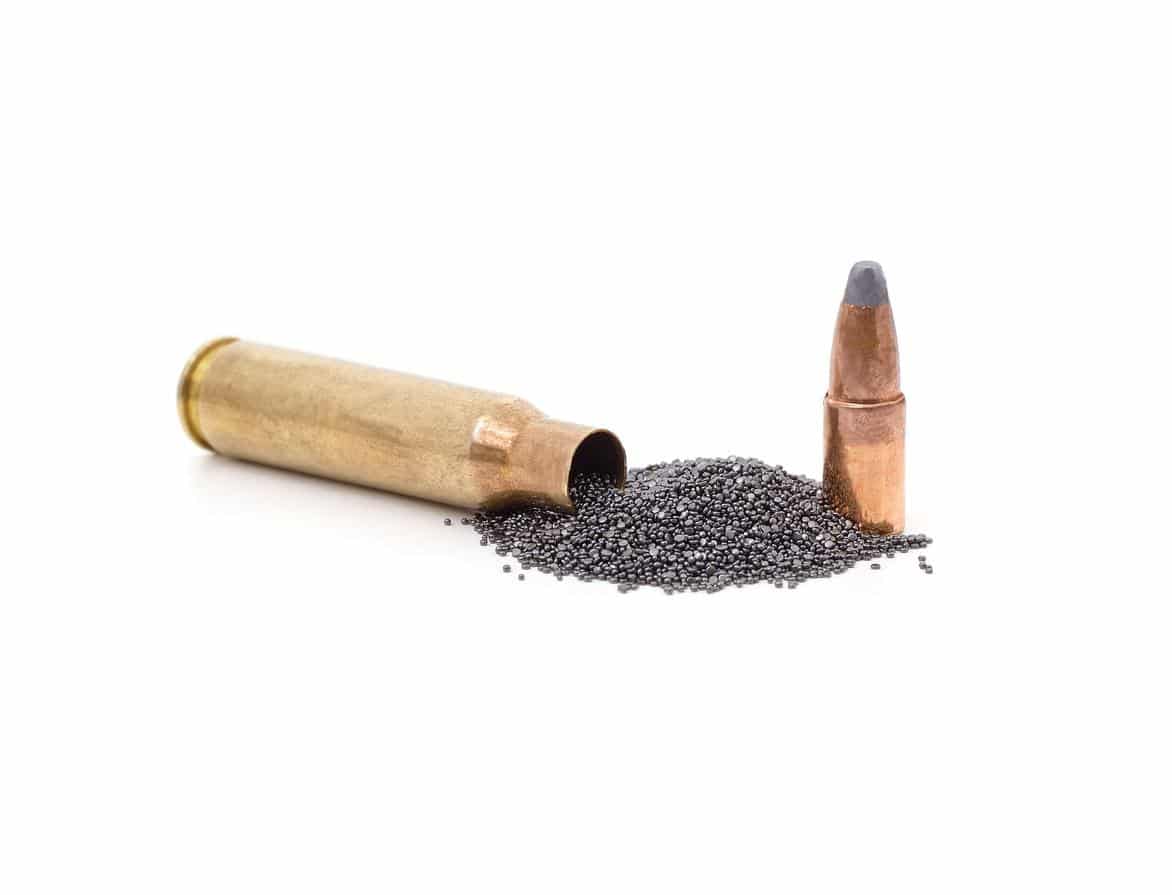
Understanding and Controlling Variables in Accuracy Reloading
BULLET SEATING DEPTH
When reloading for accuracy, the bullet seating depth plays a critical role in how the bullet interacts with the firearm’s barrel and ultimately how the bullet travels. Proper seating depth ensures that the bullet is properly aligned with the rifling in the barrel, which aids in consistent bullet trajectory and, thus, better accuracy. Using a bullet comparator, one can precisely measure seating depth off the bullet ogive, leading to more consistent results than measuring off the bullet tip. Experimenting with different bullet seating depths and observing the impact on your shooting results can be a crucial part of load development.
ACHIEVING CONSISTENCY IN POWDER CHARGE
A stable and accurate powder charge can significantly impact the performance of your reloaded ammunition. Different manufacturers provide varying load data, but it’s vital to start with the recommended powder charge before making any adjustments. Consider investing in a high-quality powder measure for precision in dispensing powder and regularly weigh your charges to ensure they are consistent across all rounds. A precise and repeatable powder charge can help reduce standard deviation in muzzle velocity, thereby improving shot-to-shot consistency and accuracy.
BULLET RUNOUT AND NECK TENSION:
Bullet runout and neck tension can considerably influence your shooting accuracy. Bullet runout refers to the misalignment of the bullet in the case, while neck tension affects how firmly the case grips the bullet. To achieve minimal bullet runout, a concentricity gauge is essential. This tool can measure the alignment of the bullet in the case and help you make adjustments for better bullet seating and alignment.
On the other hand, consistent neck tension ensures that each bullet is released consistently upon firing, leading to a uniform muzzle velocity. Using a quality neck-sizing die and keeping your case necks clean and uniform can help achieve optimal neck tension.
CONSISTENT CASE LENGTH FOR ACCURATE LOADS
Just as the bullet seating depth affects how the bullet engages with the rifling, so does the case length influence the crimp and neck tension, which can significantly affect accuracy. Trimming your brass cases regularly helps maintain a consistent case length. This uniformity is vital as it ensures consistent neck tension and crimp across your reloaded rounds. Use a caliper to measure your case length after each trimming session to ensure consistency. A well-maintained brass case can significantly enhance the overall performance of your reloaded ammunition.
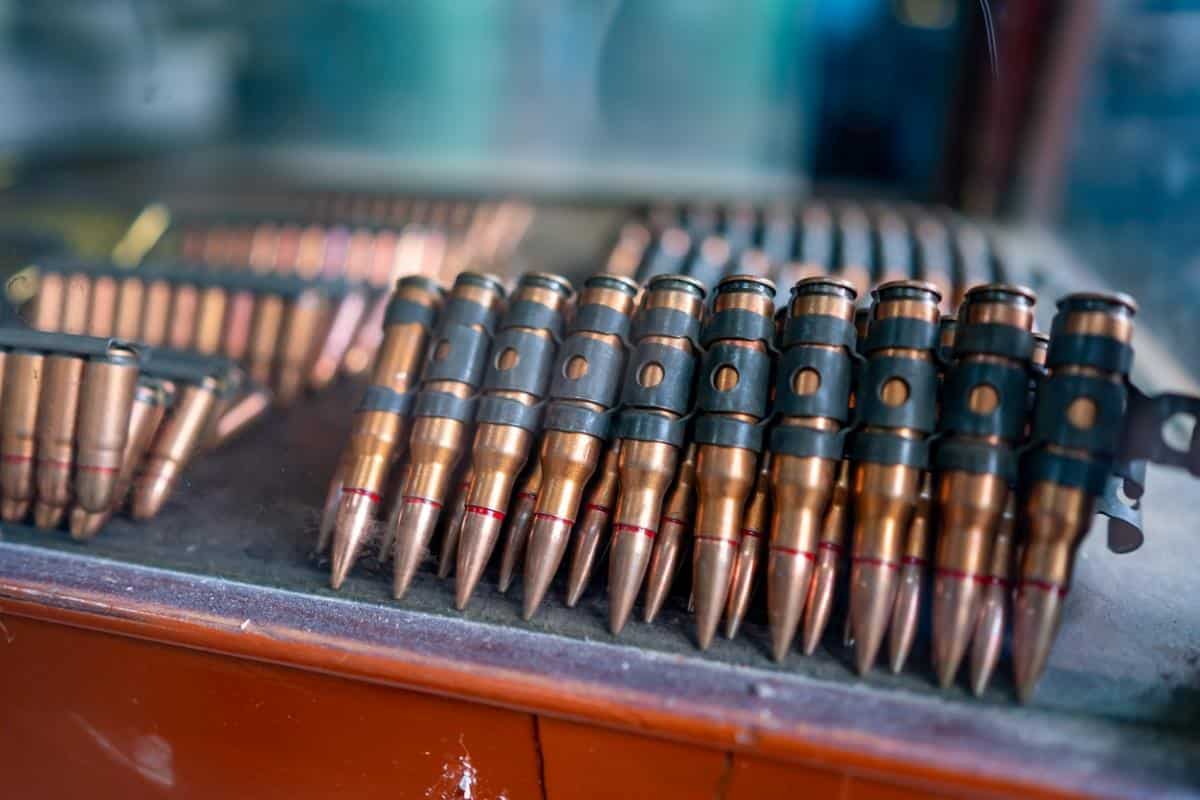
Refining Your Reloads
EMBRACING LOAD DEVELOPMENT AND ITS BENEFITS
Load development, a critical part of refining your reloads, is the practice of modifying and tuning your ammunition to achieve the best possible performance from your specific rifle. It involves making careful adjustments to one variable at a time, such as the powder charge, bullet weight, or seating depth, and noting the effects on accuracy. Starting from the manufacturer’s suggested load data, you can experiment with different bullet weights, powder charges, and seating depths, noting the results each time. This process helps identify the sweet spot where your rifle or handgun delivers the most accurate shots.
MAXIMIZING THE USE OF LOAD DATA
While load development is a process of trial and error, having a wealth of reliable load data at your disposal can greatly streamline this process. Load data, whether sourced from reloading manuals, bullet manufacturers, or powder manufacturers, provides a safe starting point for your reloading journey. By diligently recording your results and analyzing your load data, you can identify patterns, draw valuable insights, and make informed adjustments to your reloading process for better results.
BULLET WEIGHT AND OVERALL LENGTH: CONSISTENCY IS KEY
Achieving consistency in reloading is the name of the game, especially when it comes to bullet weight and overall cartridge length. Every bullet in your reloading batch should fall within a tight weight range. Weighing each bullet and sorting them by weight can lead to more consistent velocities and better accuracy. Similarly, maintaining a consistent overall length for your loaded rounds can greatly affect how the bullet engages the rifling in your barrel, affecting accuracy. Using a caliper to measure the cartridge overall length can help maintain this consistency.
MANAGING MUZZLE VELOCITY FOR BETTER PERFORMANCE
Muzzle velocity is a significant factor in determining the bullet’s trajectory and accuracy. A consistent muzzle velocity starts with a consistent powder charge, as the amount of powder directly affects the speed at which the bullet travels down the barrel. Tracking your muzzle velocities using a chronograph can provide accurate measurements, allowing you to make data-driven adjustments to your loads. By maintaining a consistent muzzle velocity, you can reduce the vertical spread of your shots at long range, improvingyour overall shooting accuracy.
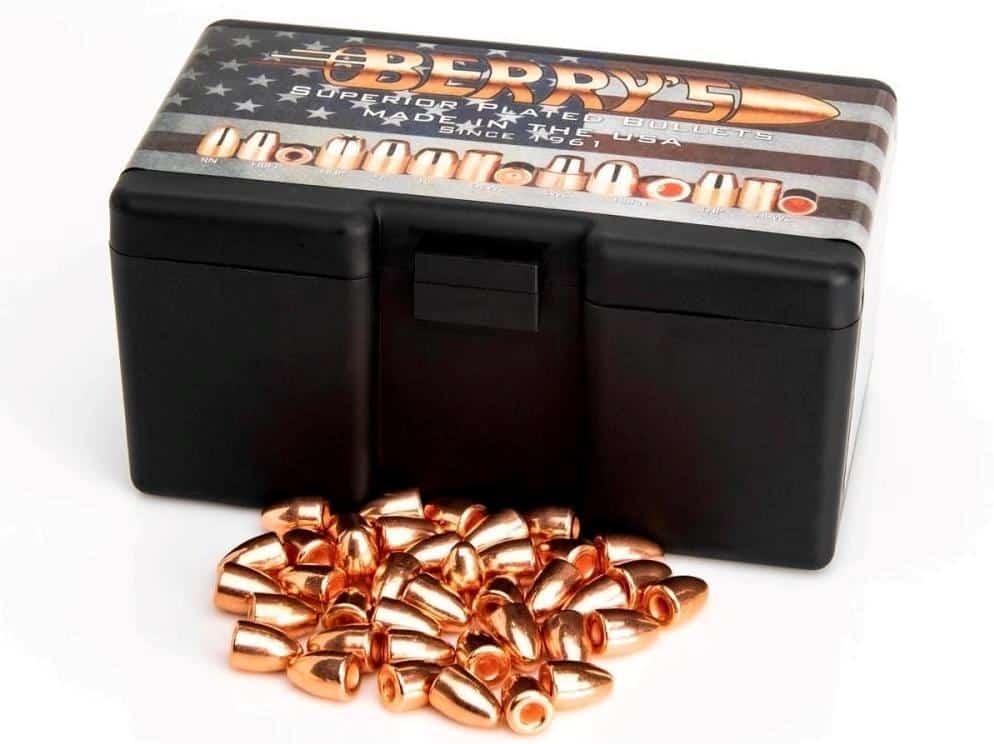
Optimizing Reloading Accuracy with Berry’s Bullets
Your journey towards reloading for accuracy is greatly supported by the choice of quality components. Berry’s Bullets, a trusted name in bullet manufacturing, is your perfect partner in this quest. With our high-quality bullets, designed with precision and consistency, you can build a solid foundation for your reloading practice.
Consistency is key in reloading for accuracy, and we stand out with our stringent manufacturing processes, ensuring consistent bullet weights and dimensions. This aids in achieving more predictable and accurate results with your reloads.
Berry’s Bullets offers a wide range of bullet types to cater to various shooting applications. Whether it’s for hunting, long-range shooting, plinking, or competitive events, understanding the characteristics of different bullets and choosing the one that best fits your requirements can enhance your reloading accuracy.
RELOADING FOR ACCURACY: A CONTINUOUS JOURNEY
Embarking on the journey of reloading for accuracy is not a one-time effort but a continuous learning process. As you refine your skills and understanding, pairing your efforts with the quality of Berry’s Bullets can indeed help you reach new heights in your shooting accuracy. Remember, the pursuit of accuracy is not just about reaching the target; it’s about consistently hitting the sweet spot, shot after shot!
